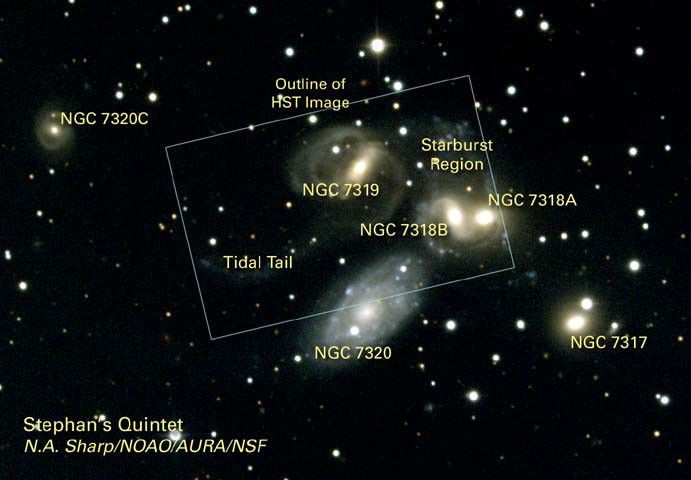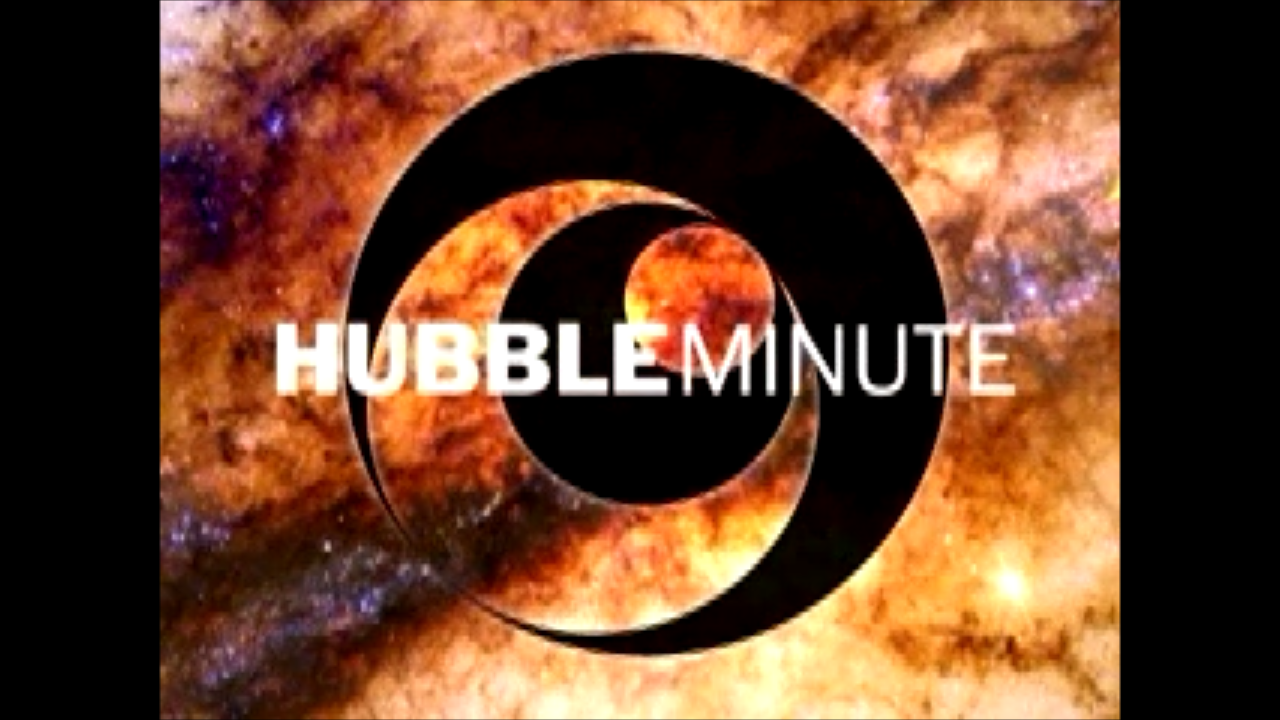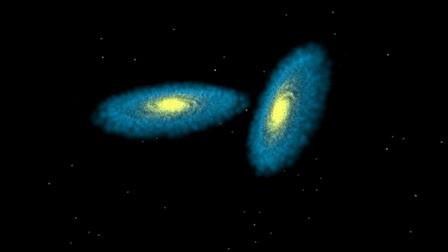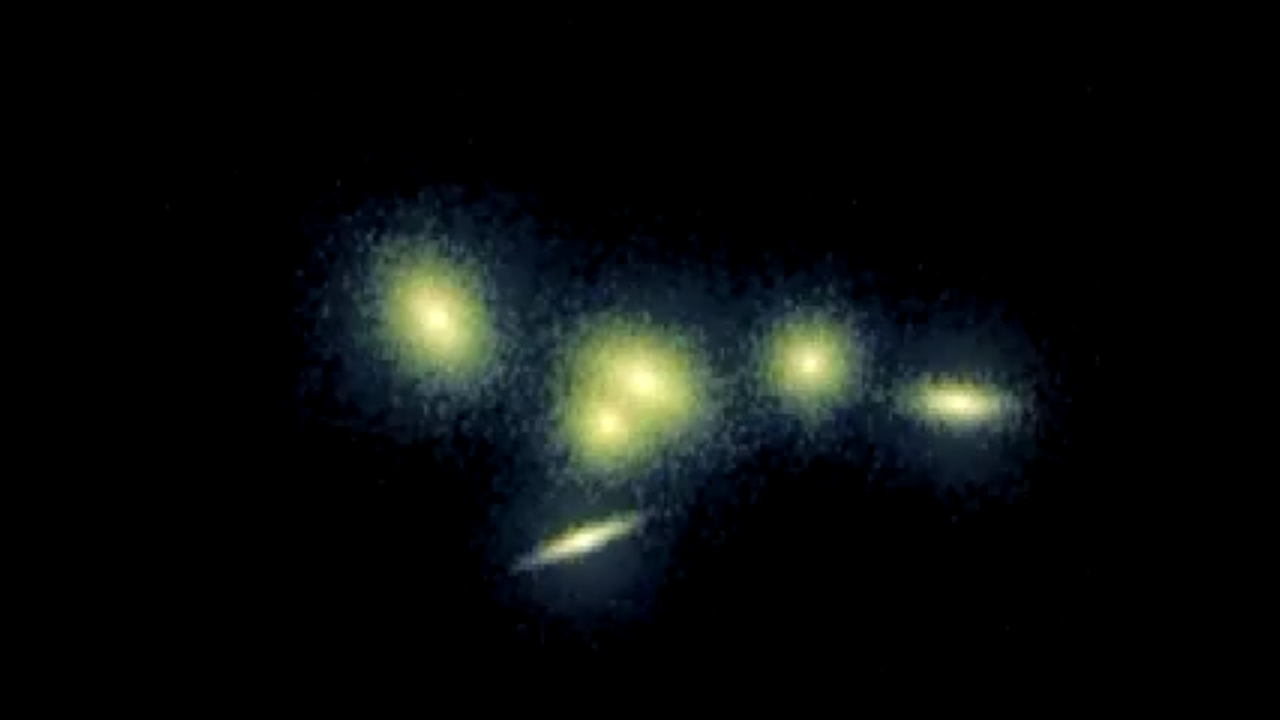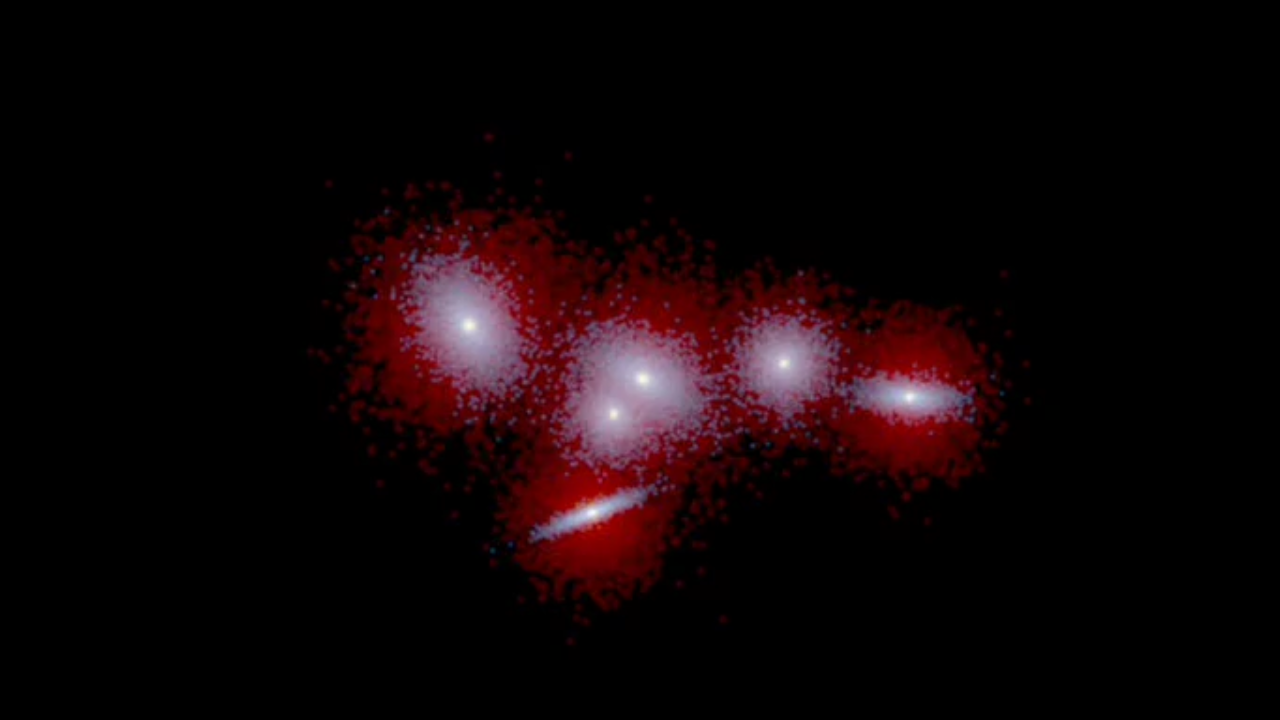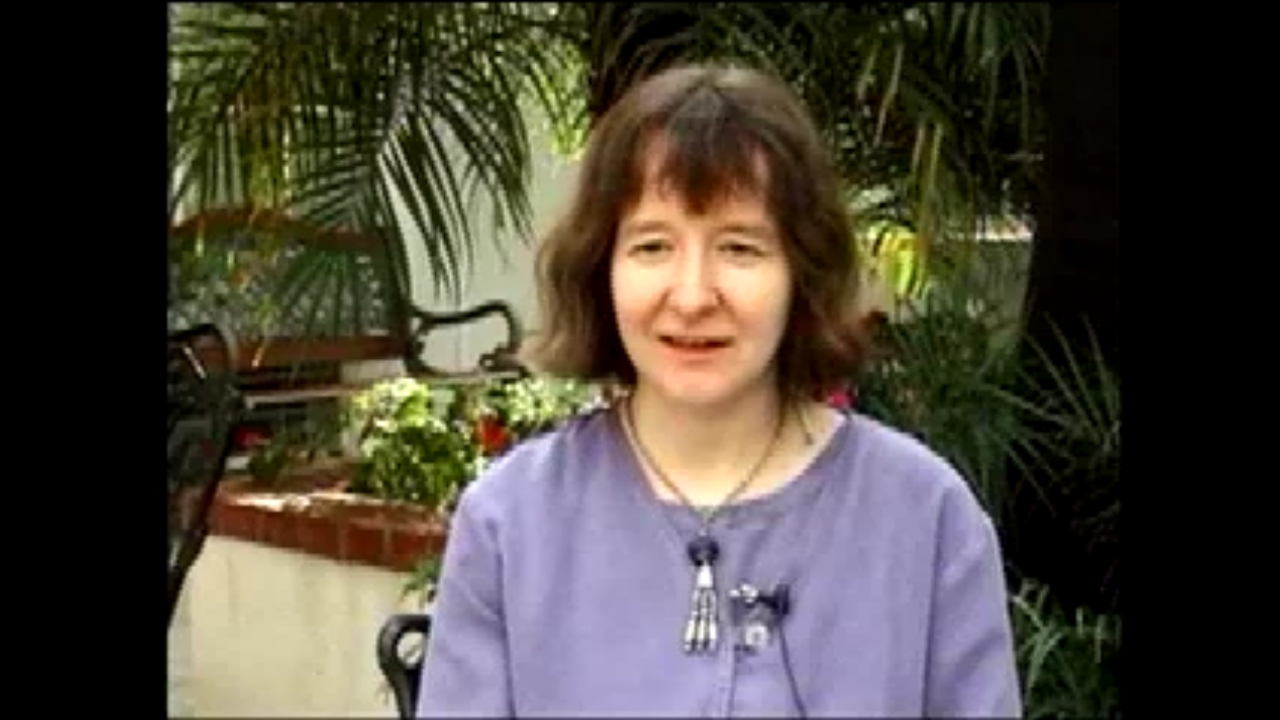In the beginning of the 1946 holiday film classic "It's a Wonderful Life," angelic figures take on the form of a famous group of compact galaxies known as Stephan's Quintet. In reality, these galaxies aren't so heavenly. Pictures from NASA's Hubble Space Telescope show that Stephan's Quintet has been doing some devilish things. At least two of the galaxies have been involved in high-speed, hit-and-run accidents, which have ripped stars and gas from neighboring galaxies and tossed them into space.
But the galactic carnage also has spawned new life. Arising from the wreckage are more than 100 star clusters and several dwarf galaxies. The young clusters, each harboring up to millions of stars, are shown clearly for the first time in pictures taken by Hubble's Wide Field and Planetary Camera 2. Many of the clusters were born in the gaseous rubble between galaxies, far away from cozy galactic homes. Some were spawned several million years after an encounter. The clusters formed from the gravitational interactions between some members of the quintet, which compressed clouds of hydrogen gas and created stars.
Studying the star clusters and dwarf galaxies in Stephan's Quintet provides insights into how galactic encounters may have driven galaxy evolution in the early universe. The quintet resides 270 million light-years from Earth in the constellation Pegasus.
"The importance and perhaps uniqueness of Stephan's Quintet is that it may be a local example of phenomena typical of the early universe when encounters were much more common," says astronomer Sarah Gallagher of Pennsylvania State University in University Park, PA. "We may be able to look between the galaxies in other compact groups for the counterparts of the young clusters we see in the quintet as relics of similar events."
Using Hubble's sharp "eyes" to pinpoint the ages of the clusters, Gallagher and her team have tracked the rough-and-tumble history within the group of five galaxies, also known as Hickson Compact Group 92. Galaxies in compact groups are so close that most of them are bound together by gravity.
"Hubble's superb resolution allowed us to discover and pin down the ages of these star clusters," Gallagher says. Her results are published in the July 2001 issue of the Astronomical Journal.
"Analysis of the colors of the clusters indicates several distinct epochs of star formation that appear to trace the complex history of dynamical interactions in this compact group. As a cluster ages, the hottest, bluest stars die, and the color of the entire cluster becomes redder. Therefore, the redder the cluster is, the older it is. The amount of light emitted by a star cluster in different color bands can indicate its age."
Gallagher and her team identified three significant regions of star formation, which were probably created by two separate encounters. They found clusters in the long, sweeping tail and spiral arms of NGC 7319; in the tidal debris of two galaxies, NGC 7318B and NGC 7318A; and in an area north of those galaxies, dubbed the "northern starburst region."
The clusters in those regions span a range of ages, from about 2 million to more than 1 billion years old, indicating a long history of rude encounters among members of this group.
The team is particularly interested in the ages of the clusters in the northern starburst region and in NGC 7318B's elongated spiral arm. The astronomers found evidence of a series of starbursts beginning at the time of a collision 20 million years ago and continuing over millions of years. The youngest clusters are relative newborns in astronomical terms, about 2 million years old. NGC 7318B was the instigator, barreling through the region at 2 million miles per hour (3 million kilometers per hour). The harsh collision left NGC 7318B battered, stretching one of its spiral arms and stoking star formation. Although the bully galaxy appears dangerously close to NGC 7318A in the Hubble picture, it is moving too fast to merge with its close neighbor.
"It has been 20 million years since the encounter, and yet we're seeing star clusters that were born 2 million years ago," says team member Jane Charlton of Pennsylvania State University. "Previous studies suggested that the ages of these young clusters were 10 million to 20 million years old. But with the Hubble telescope we could determine that the ages were even younger. The range of ages of these young clusters indicates that the star formation in that region may be 'self-propagating.' The deaths of massive stars in each starburst generation seed the next generation."
The astronomers also uncovered 7 million-year-old clusters scattered throughout both regions, which encompass 150,000 light-years. The team is puzzled how clusters could form at the same time over a vast area.
"We don't understand how star formation could be triggered on such a large scale basically instantaneously in astronomical terms," Gallagher says. "Although such widespread coeval star formation is unusual, it is also present in another compact group, Hickson Compact Group 31. Perhaps it happens this way only in compact groups."
Another surprising discovery is the number of clusters in the northern starburst region that have formed about 150,000 light-years away from the galaxies.
"The formation of a large number of clusters in the gas between the galaxies may be common in compact groups," Charlton says. "Normally we think of stars as residents of galaxies, but here this is not the case. In these environments, interactions can spread gas between the galaxies, allowing the next perturbation in these regions to trigger star-cluster formation."
Another collision that wreaked havoc was triggered by a galaxy that is no longer part of the group. NGC 7320C plowed through the quintet several hundred million years ago, pulling out the 100,000 light-year-long tail of gaseous debris from NGC 7319 and adding gaseous fuel to the northern starburst region. Like a hit-and-run driver that scrambled from the scene of an accident, NGC 7320C is now a cozy 460,000 light-years away from the carnage and does not appear in the Hubble picture. The clusters in NGC 7319's streaming tail are 10 million to 500 million years old and may have formed at the time of the violent crash.
Not all the star clusters formed as the result of collisions. The team spied a few "orphaned" clusters, those pulled from parent galaxies, in NGC 7319's tail and in the northern starburst region. They are more than 10 billion years old and are among the oldest clusters found.
Peppered among many of the star clusters are several young dwarf galaxies. Stephan's Quintet possesses the richest known harvest of dwarf galaxies born in gaseous debris. Perhaps as many as 15 of those galaxies are in NGC 7319's long tail. The Hubble observation supports previous studies that some dwarf galaxies form in tidal tails. The telescope's clear view also revealed knots of star formation within the dwarf galaxies, as astronomers would expect in young galaxies.
"Although many dwarf galaxies form early and form the pieces from which giant galaxies are assembled, we think that a significant fraction may also form in tidal debris through the interaction of two larger galaxies," explains team member Sally Hunsberger of Pennsylvania State University. "Many older dwarfs could have formed through interactions, too, since interactions were very common in the past because galaxies were closer together. The distant galaxies seen in the Hubble Deep Field [the Hubble telescope's view of thousands of galaxies that existed in the early universe] have a disturbed structure, indicating that they are undergoing major encounters."
BACKGROUND INFORMATION: COMPACT GROUP OF GALAXIES Galaxies, Groups, and Clusters
Galaxies are titanic swarms of many millions, billions, or even trillions of stars. Laced between the stars is a patchwork of gas and dust, both glowing and dark. These components— stars, gas, and dust— combine to create the often exquisite structure of a galaxy.
From a bigger point of view, galaxies themselves can be collected together into larger structures by their mutual gravitational pull. Two galaxies can circle each other in a binary system. Several galaxies can be clumped together in a group. Clusters of galaxies, the largest gravitationally bound structures in the universe, may have hundreds or thousands of galaxies in orbit around one another. These collections of galaxies are similar to the collections of stars found within galaxies, but on a much larger scale.
- A cluster of stars — Globular Star Cluster NGC 6093 (M80) [HST/Hubble Heritage]
- A Cluster of Galaxies – Coma Cluster [NOAO]
One intriguing class of galaxy collection is called a compact group. These compact groups of galaxies contain just a few galaxies very close together in the sky. The prototype of this category is Stephan's Quintet, a visual grouping of five galaxies that was discovered by the French astronomer Edouard Stephan in 1877. Since then many more have been found. Notably, in 1982 the Canadian astronomer Paul Hickson created a catalog of 100 compact groups that serves as a standard reference. The image below shows a group known as Hickson Compact Group 87. The intriguing question about these compact groups is whether or not they are held together by gravity.
- Hickson Compact Group 87 [HST/Hubble Heritage] Compact Groups: Clumps or Alignments?
A major problem in understanding the nature of compact groups is that galaxies have a wide range of sizes. It is often hard to tell if a galaxy is a small one nearby, or a large one farther away. It is even harder to tell if all the galaxies in a compact group are clumped at roughly the same distance, or if they are just a chance alignment of galaxies strung out along our line of sight into the universe.
- Stephan's Quintet Illustration [A. Feild (STScI) and F. Summers (STScI)] – The top panel of this diagram illustrates an alignment of galaxies stretched out across space. The bottom panel shows a clump of galaxies at approximately the same distance.
One important clue is redshift. The redshift of a galaxy measures the stretching of the galaxy's light due to the expansion of the universe. Light from more distant galaxies has been traveling longer through expanding space, and thus shows a larger redshift. In theory, galaxies at the same distance will have the same redshift. In practice, astronomers' measurements include both the expansion of space and the individual motion of the galaxy (Doppler shift). The measured redshift does not provide an exact measure of distance. In compact groups, redshifts allow one to identify galaxies that are obviously not part of a clump. For example, the large spiral in the lower left of Stephan's Quintet is much closer than the other galaxies in the group.
- Stephan's Quintet [NOAO]
On the other hand, the three central galaxies in Stephan's Quintet show telltale features which indicate they are close together. As galaxies pass near one another the tidal forces of gravity can distort their shapes. This is similar to way the gravitational tidal forces of the Moon creates the tides in the oceans on Earth. In galaxies, the tidal forces can pull away long streams of stars, gas, and dust called tidal tails. A computer simulation of this process is provided below. These long tails and other tidal features are sure signs that the galaxies are close enough to be interacting.
- A computer simulation of two galaxies colliding (QT video) 5.7 MB [Simulation: Chris Mihos (Case Western) and Lars Hernquist (Harvard), Visualization: Frank Summers (STScI)]
Another sign that a compact group is a clump of galaxies comes from the matter between the galaxies. When a cluster of galaxies forms, the tenuous gas between the galaxies is heated to million-degree temperatures and begins to emit X-rays. A gravitationally bound compact group should have observable X-ray emission, while it is unlikely that one would see strong X-ray emission from an alignment of galaxies. A complication to this view is that some galaxies can have significant X-ray emission whether or not they are part of a cluster. Hence, the presence or absence of X-ray emission in a compact group is not the definitive test it was once hoped it would be.
Compact Groups and Galaxy Formation
By examining redshifts, tidal features, and X-ray emission, one can hope to learn if a compact group is bound together by gravity. The question of whether or not most compact groups are gravitationally bound has interesting implications for galaxy formation in general.
Compact groups that are gravitationally bound may not last long. The interactions between galaxies that produce tidal features will usually lead to the galaxies merging together. In 1989, the American astronomer Joshua Barnes performed a computer simulation of a gravitationally bound compact group. He found that all the galaxies merged together to form a single galaxy within a couple billion years. While a billion years sounds long, it is a rapid pace for galaxies. The hundreds of compact groups we see today would imply that many, many more had formed and merged previously over the history of the universe. Recent work has examined whether dark matter between the galaxies or fast motions of the galaxies can prevent rapid merging in compact groups.
- A computer simulation of a compact group (QT video) 9.8 MB [Simulation and visualization: Joshua Barnes (Univ. of Hawaii)]
Another viewpoint suggests that compact groups should be mostly alignments. In the dominant theory of galaxy formation, called hierarchical structure formation, the arrangement of galaxies resembles a "cosmic web". Galaxies form along the strands of the web, and then gather together into clusters where the strands intersect. If one's line of sight looks along a strand, there would be an alignment of galaxies that would create a compact group. If hierarchical formation is correct, then many or most compact groups are just views aligned along a strand of the cosmic web.
Observations have shown that many compact groups are clumps of galaxies, and some are gravitationally bound. If most are gravitationally bound, merger arguments imply a high rate of galaxy formation. This may conflict with hierarchical formation ideas, which tend to favor alignments. The nature of compact groups is as yet unsolved, but it is progressing on a group-by-group basis. Its resolution will help define how galaxies and clusters of galaxies developed over the history of the universe.

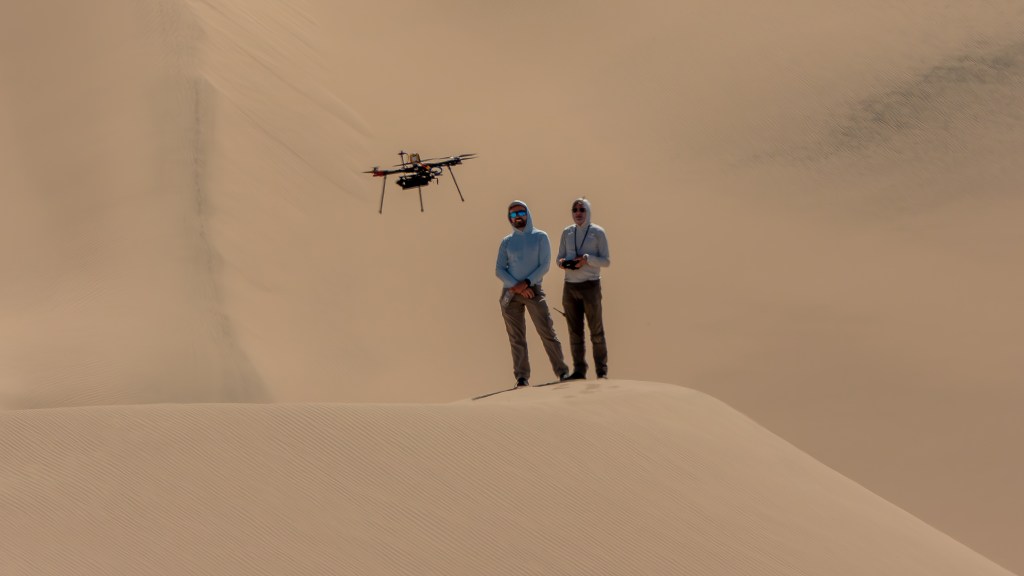
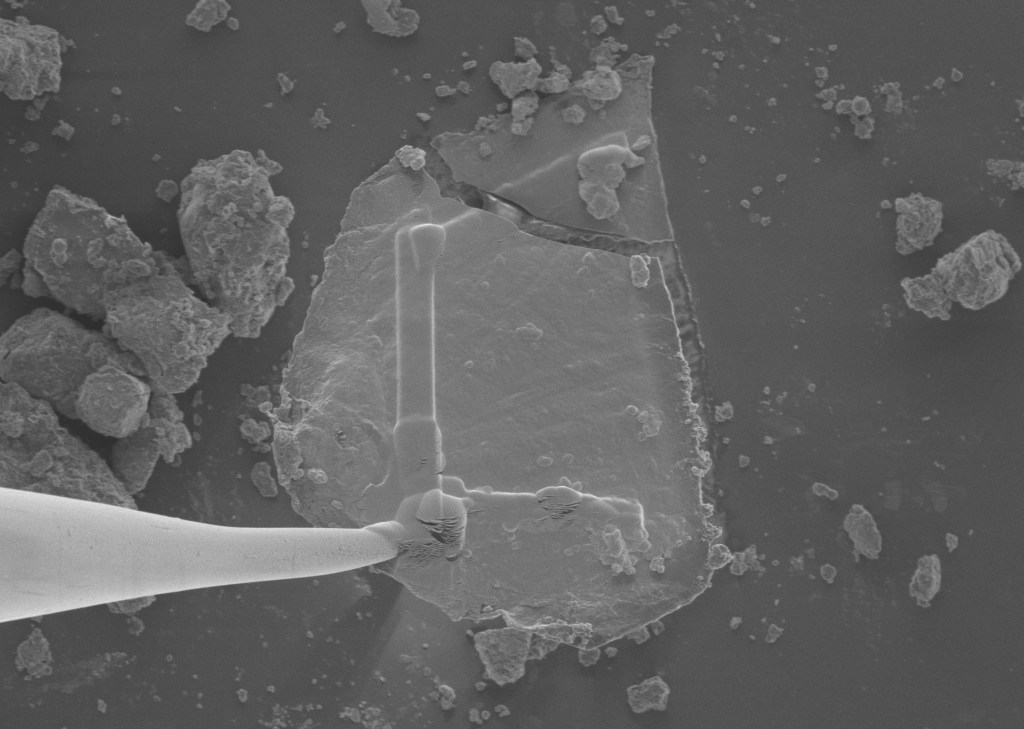
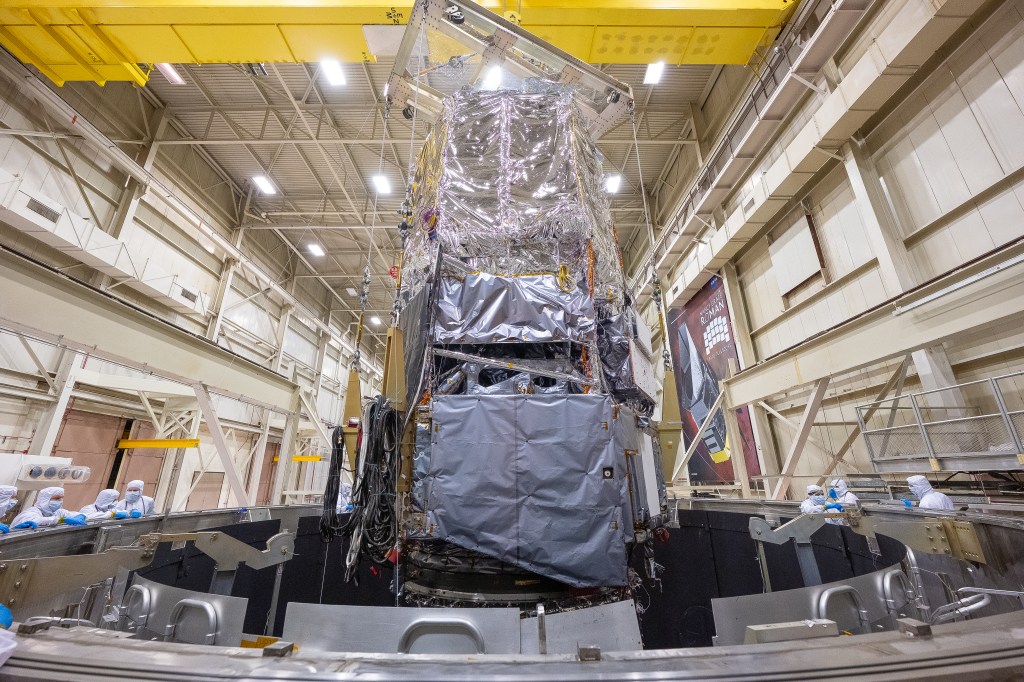

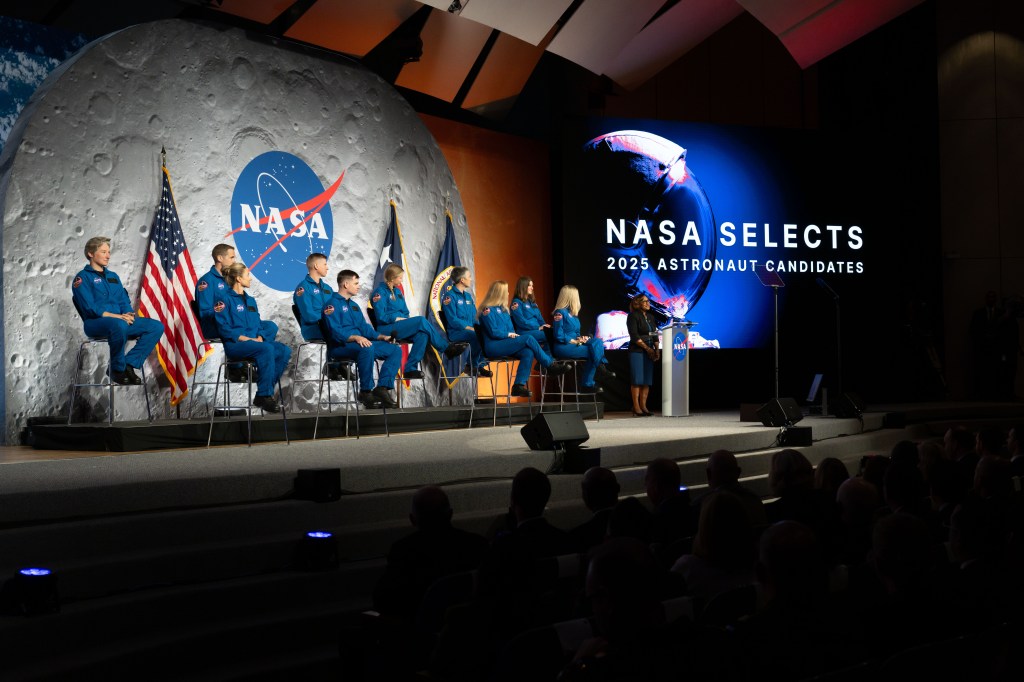







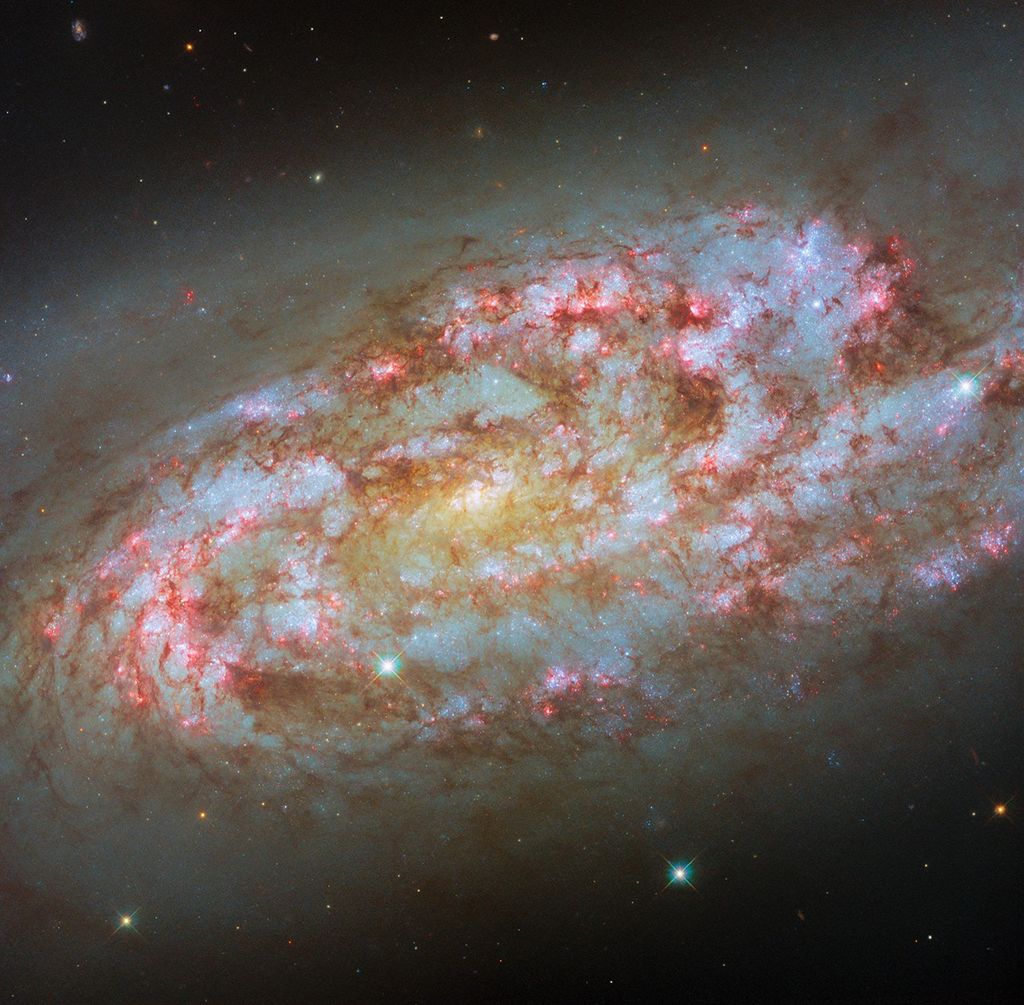
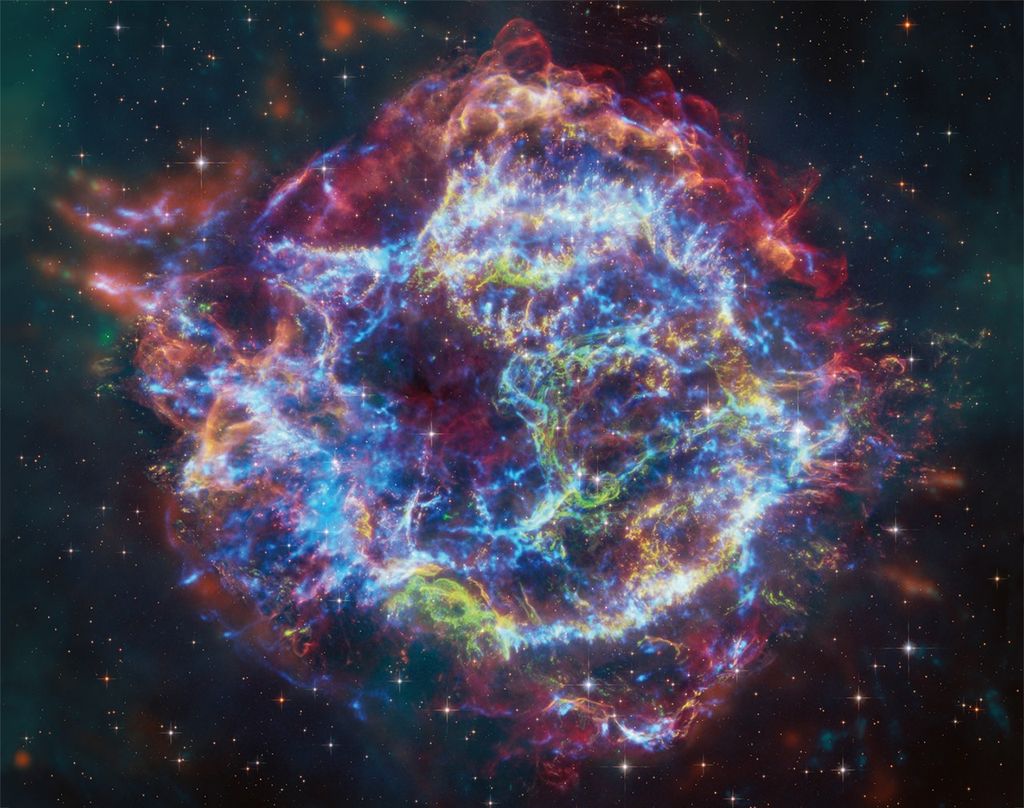

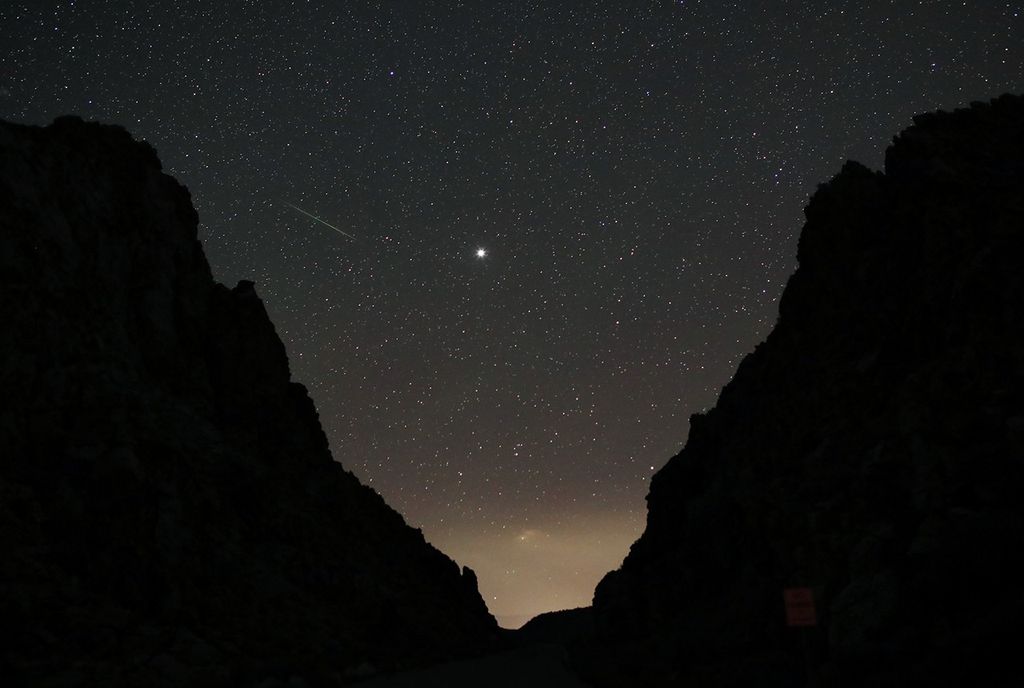
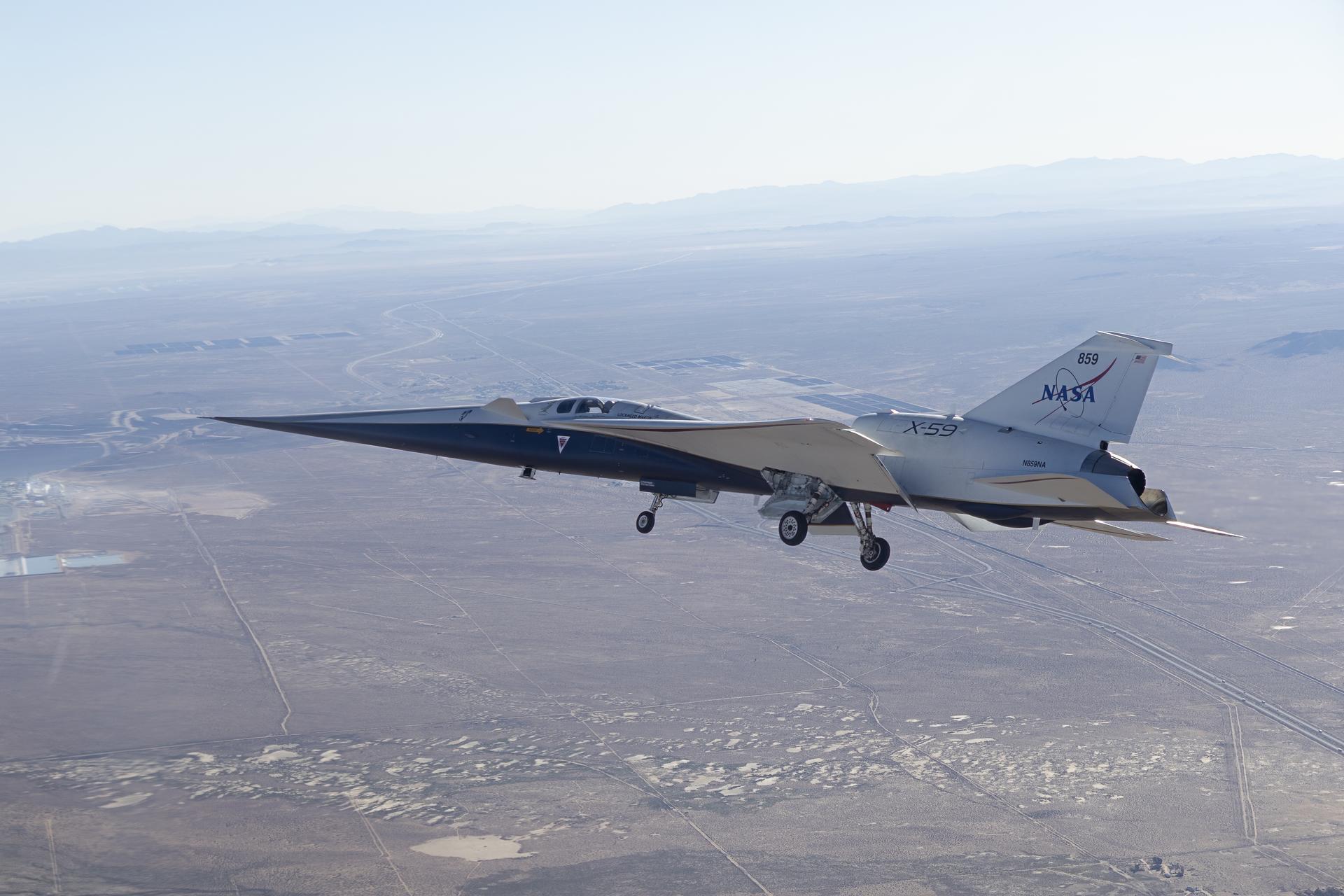




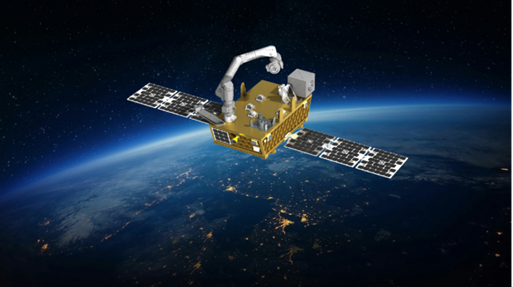
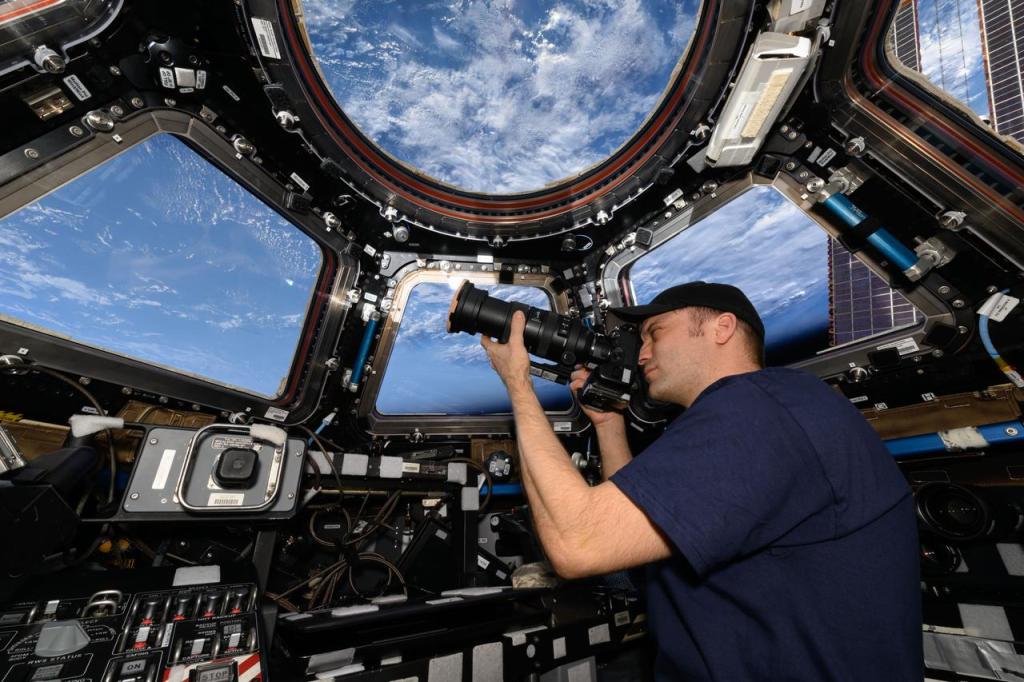





![A Cluster of Galaxies – Coma Cluster [NOAO]](https://assets.science.nasa.gov/dynamicimage/assets/science/missions/hubble/releases/2001/07/STScI-01EVT9G8CS7M1JMSDW08S1QBQ3.jpg?w=512&h=512&fit=clip&crop=faces%2Cfocalpoint)

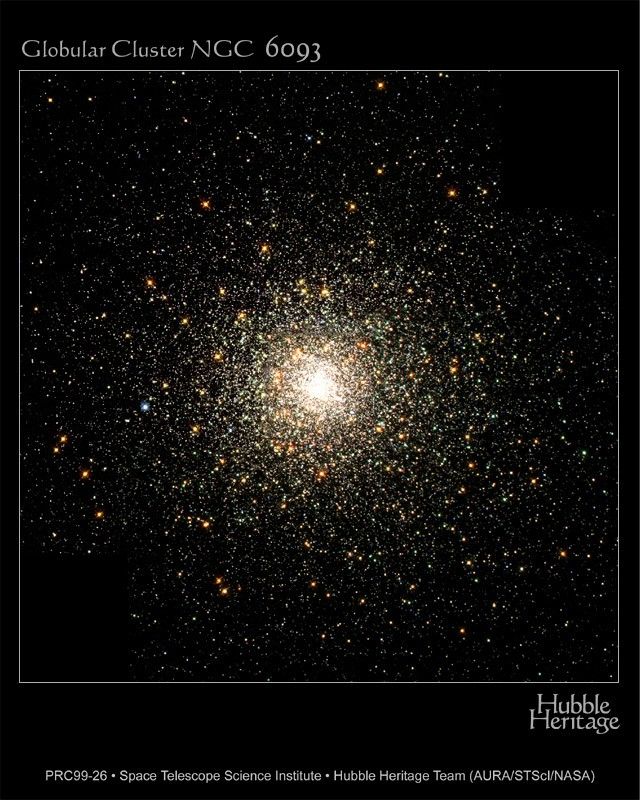
![Stephan's Quintet [NOAO]](https://assets.science.nasa.gov/dynamicimage/assets/science/missions/hubble/releases/2001/07/STScI-01EVT9G5EXNXG2AQK3DZBK99GP.jpg?w=556&h=549&fit=clip&crop=faces%2Cfocalpoint)
